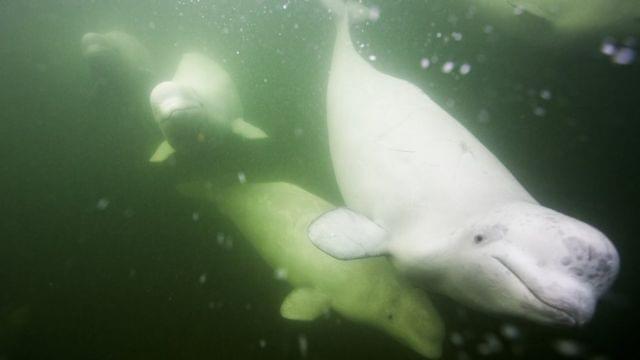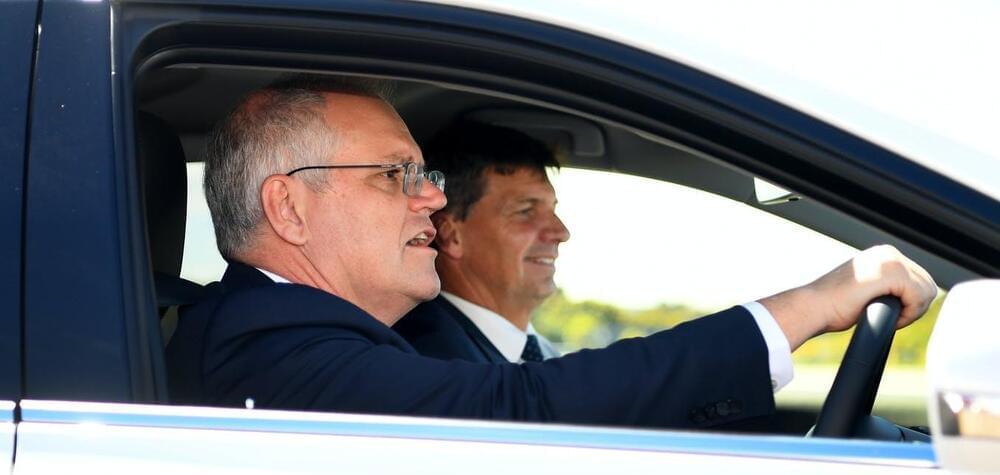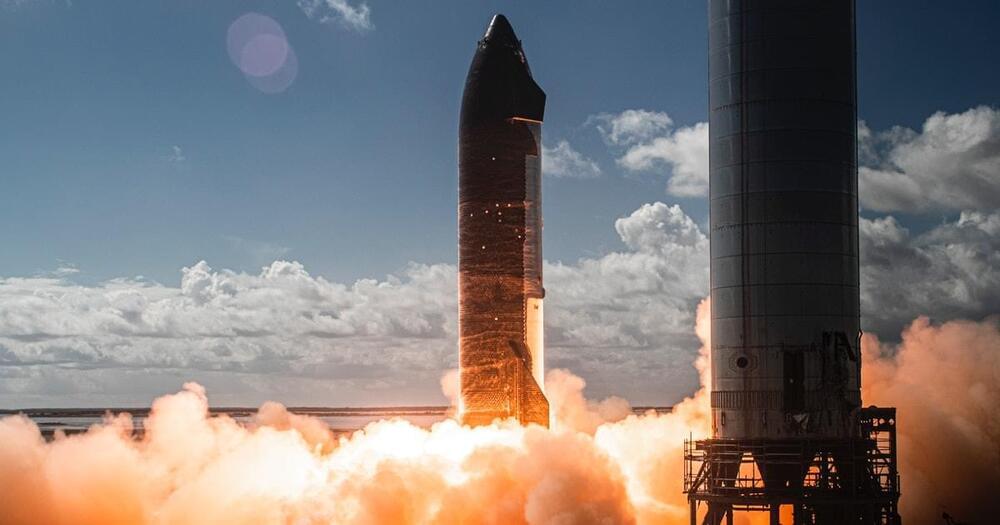Nova Scotia sanctuary for captive whales to open 2023.
The Whale Sanctuary Project says it is not possible to release whales straight from captivity into the ocean, because they have never experienced life in the ocean.
The organisation says the sanctuary would give them “lifetime care” in a “natural setting that’s as close as possible to what they would experience in the wild”.







